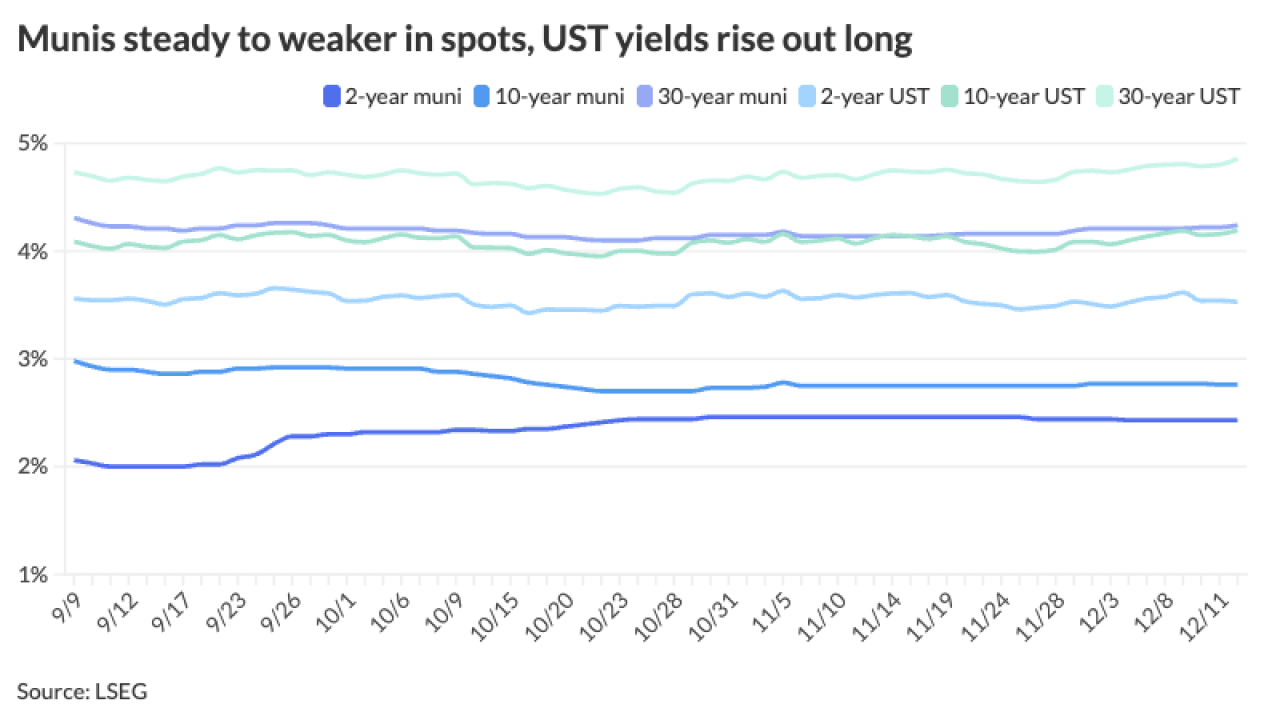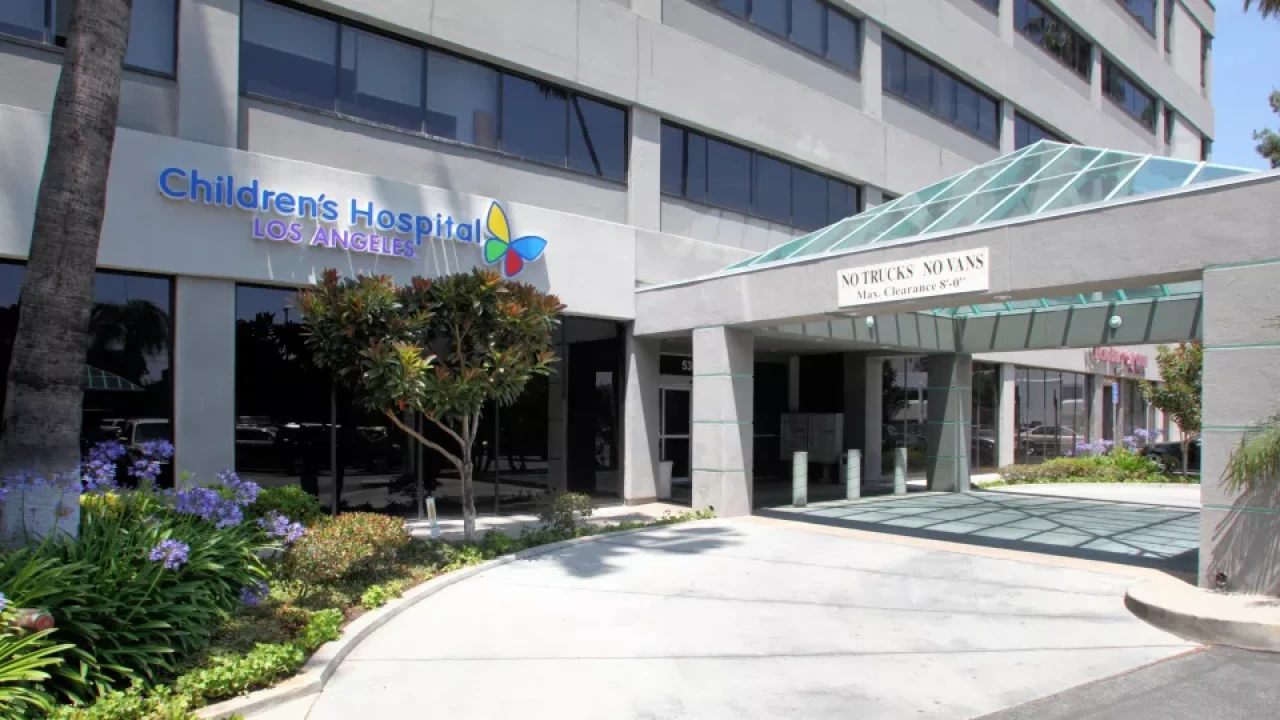Slower economic growth shouldn’t be a concern since it’s the “new normal,” according to Federal Reserve Bank of New York President John Williams, who said Wednesday this allows the Fed to be patient and data dependent on rate changes.

While GDP growth should slow this year, compared to 2018, Williams said his forecast of 2% growth “is right in line” with potential growth, or g-star. “That means slower growth isn’t necessarily cause for alarm,” he told the Economic Club of New York, according to prepared remarks released by the Fed. He termed the slower growth “the new normal” and said this is what “we should expect.”
“From the perspective of monetary policy, the overall picture of the economy is about as good as it gets: very low unemployment, sustainable growth, and inflation just about at our 2% goal,” Williams added.
While the 2% potential growth rate seems low, that’s because “labor force and productivity trends have slowed considerably relative to the past, and that’s unlikely to change anytime soon,” he said.
The economy was able to grow slightly above 3% last year as a result of “positive tailwinds,” including “[s]trong global growth, fiscal stimulus, and accommodative financial conditions,” Williams said. But these factors have “calmed” or “reversed,” he noted. Global growth has slowed, geopolitical concerns have increased, and financial conditions have tightened.
Specifically, on the last point, Williams said tighter conditions “will likely restrain consumer and business spending this year,” with housing construction already affected.
While suggestions of slowing growth lead to “uncertainty, some hand-wringing, and even fear of recession,” it shouldn’t be a surprise, since economic fundamentals have suggested GDP growth would be “much lower than what we saw in the 1990s.”
Turning to monetary policy, Williams said, “things are looking pretty normal as well.” With the neutral or natural rate of interest estimated at 0.5%, “when you adjust for inflation that’s near 2%, the current federal funds rate of 2.4% puts us right at neutral.”
Going forward, he said the baseline outlook remains “quite favorable,” as the labor market is tight, growth moderate and no significant inflationary pressures. “Of course, there are a number of different scenarios that could play out over the year ahead,” he noted. “Geopolitical uncertainty and other factors holding back growth may recede, and the U.S. economy could resume the robust trajectory of last year. Or GDP growth could continue closer to trend, which is my own forecast. Finally, there’s always a chance that downside risks could knock GDP growth off course.”
The Fed “can afford to be flexible and wait for the data to guide our approach.”





